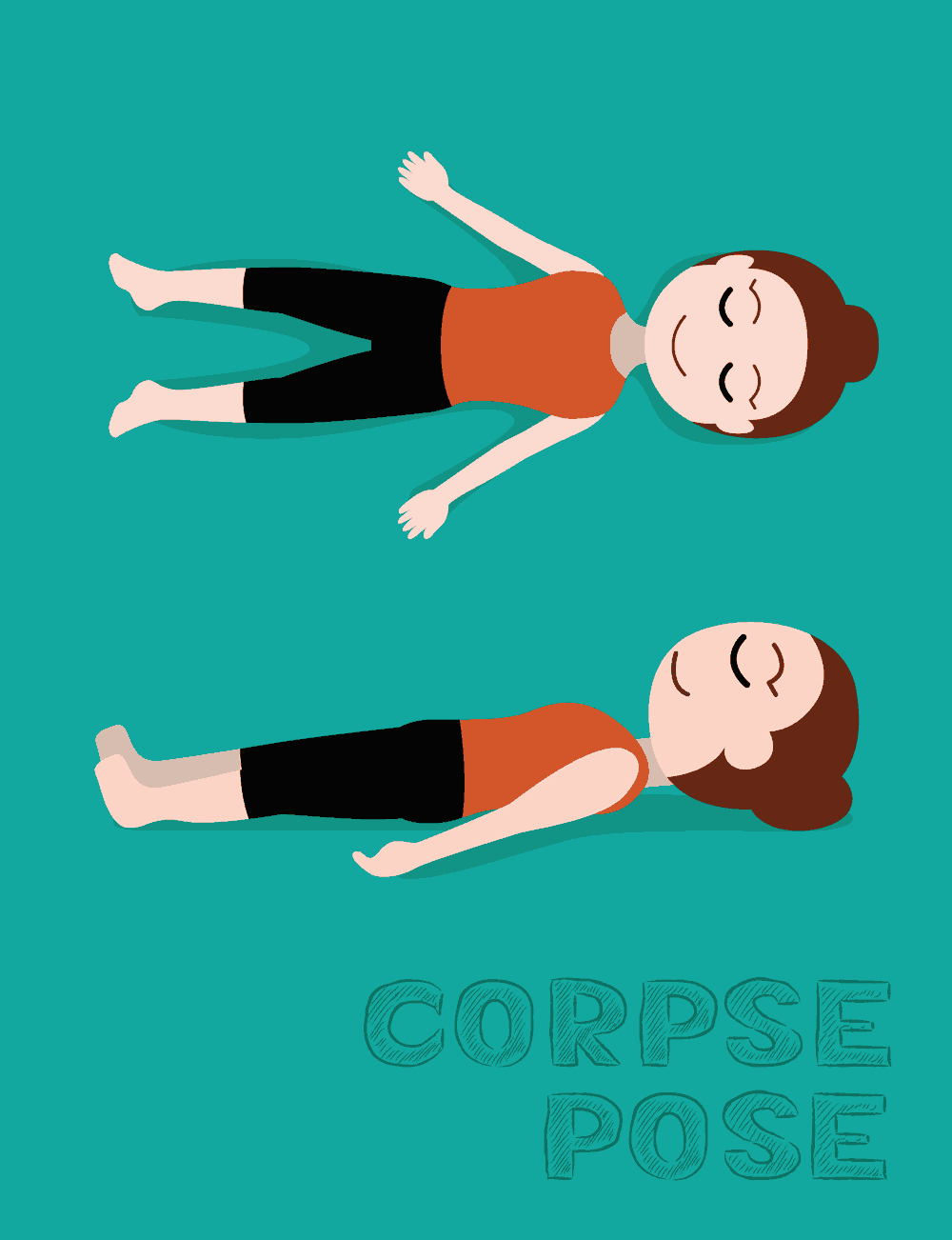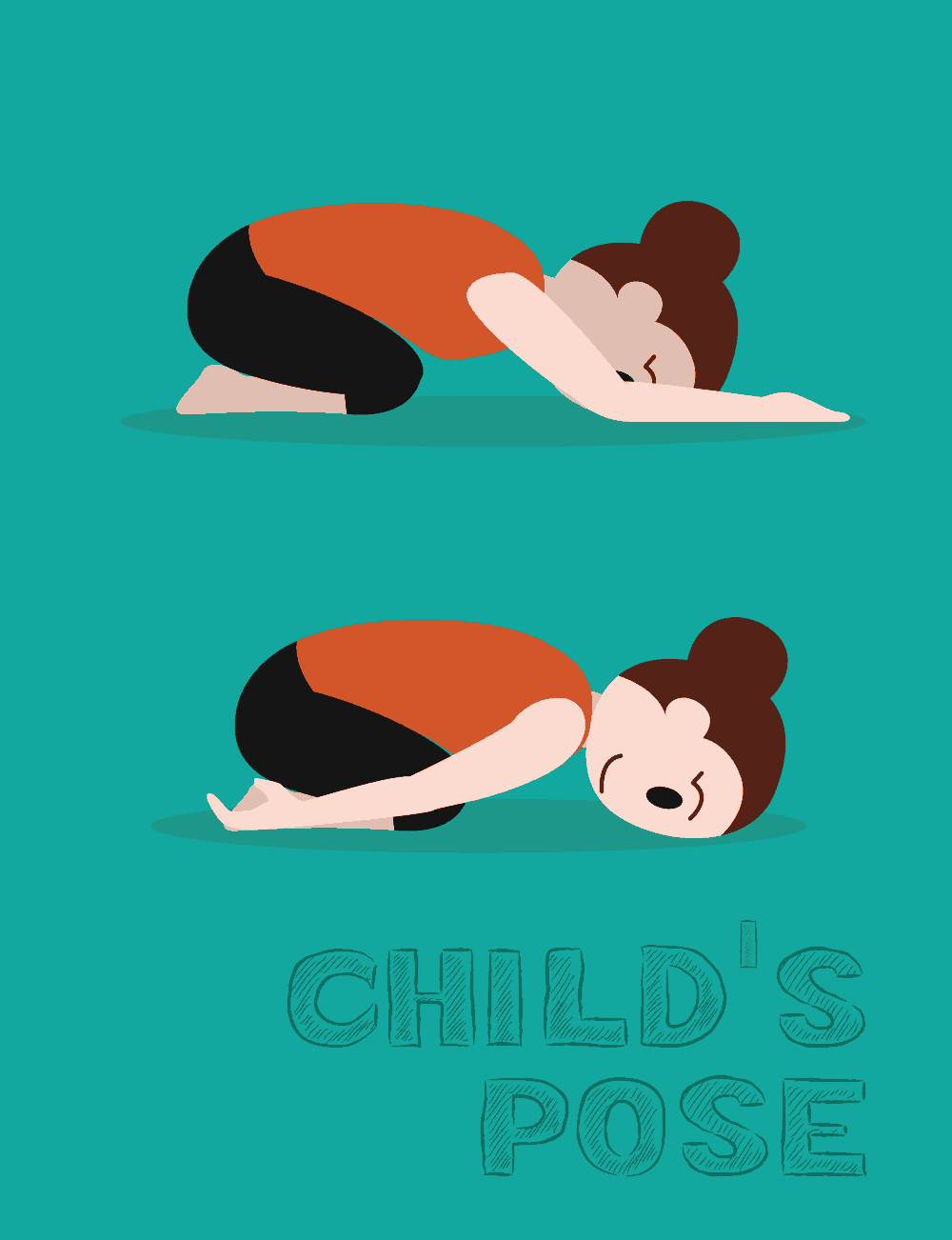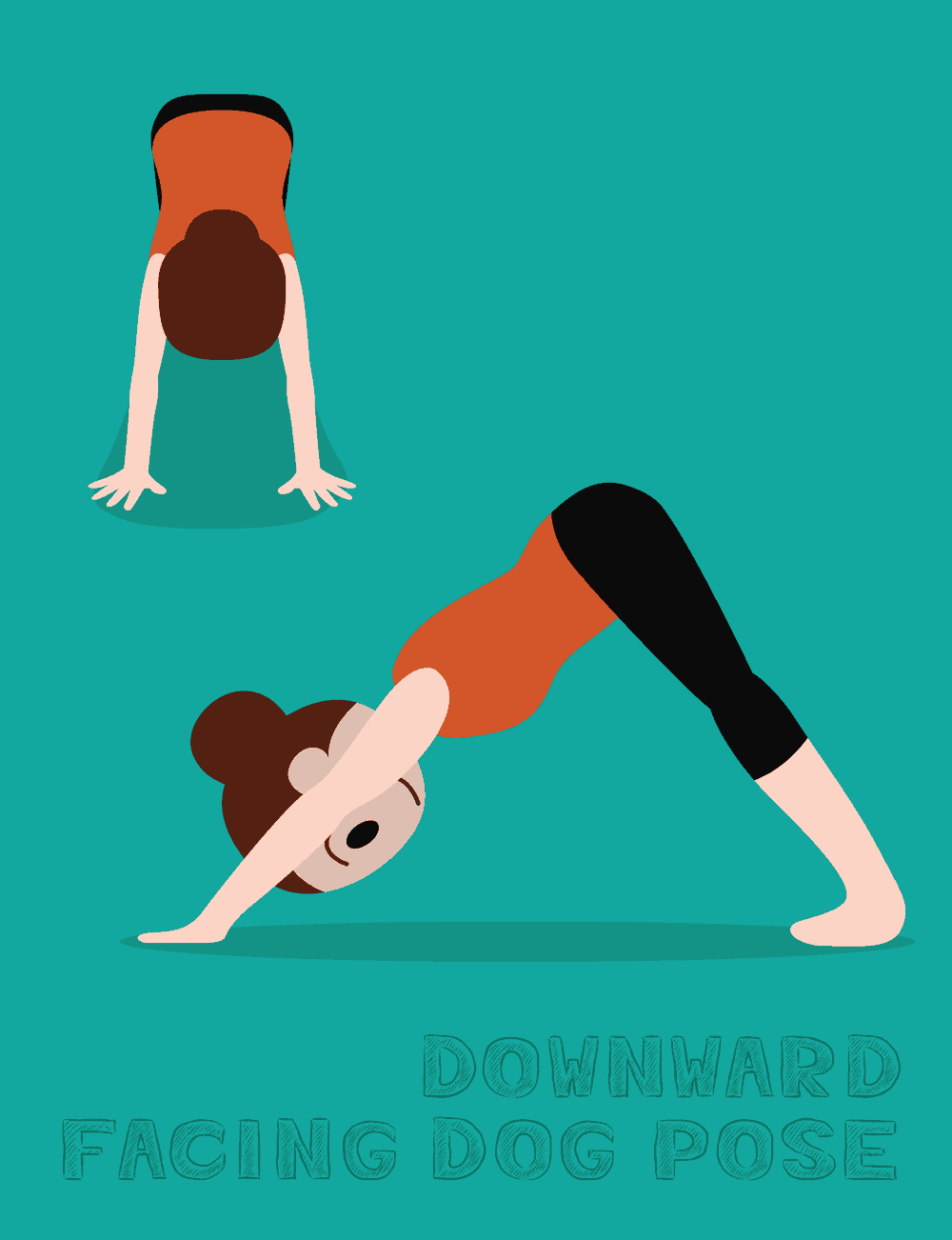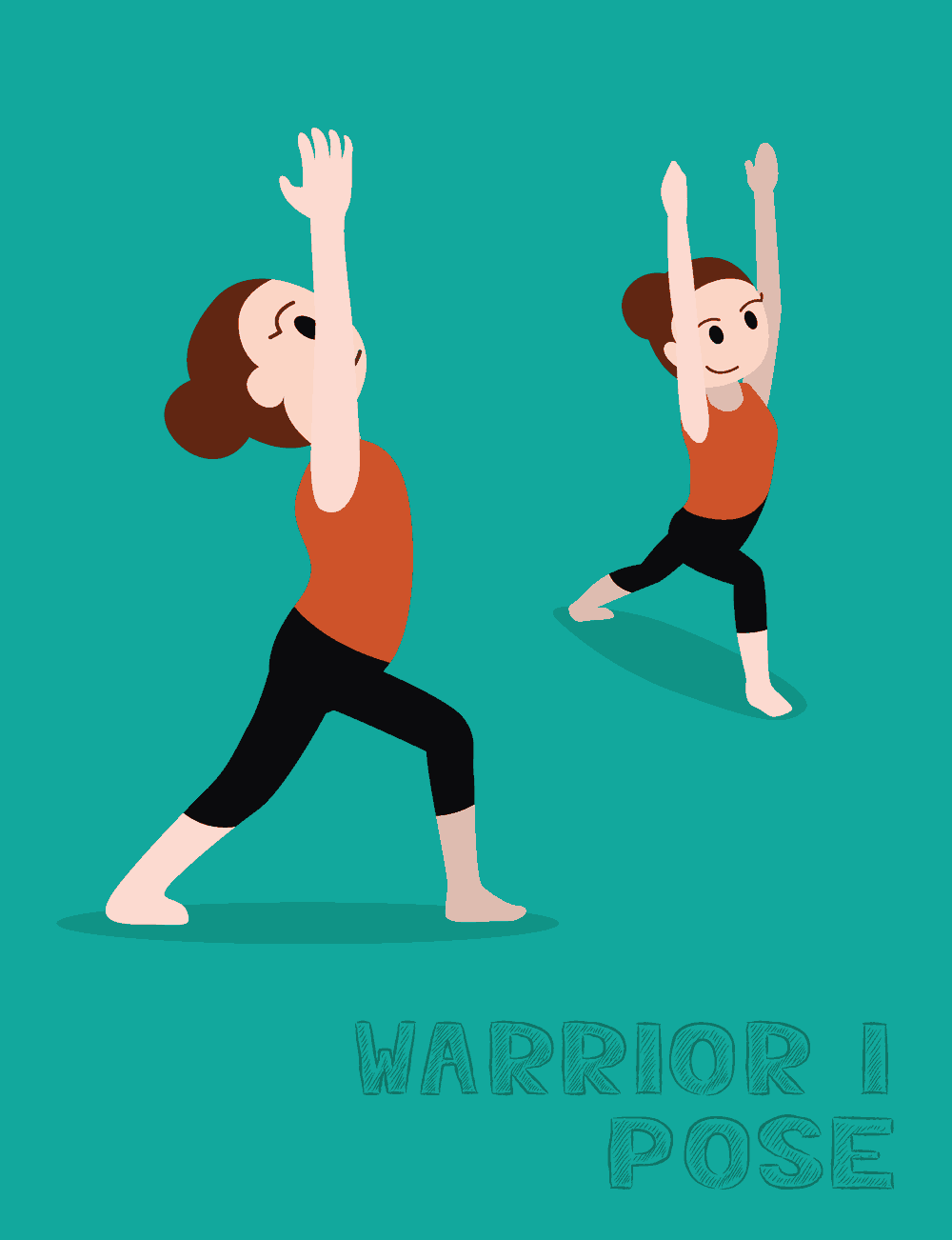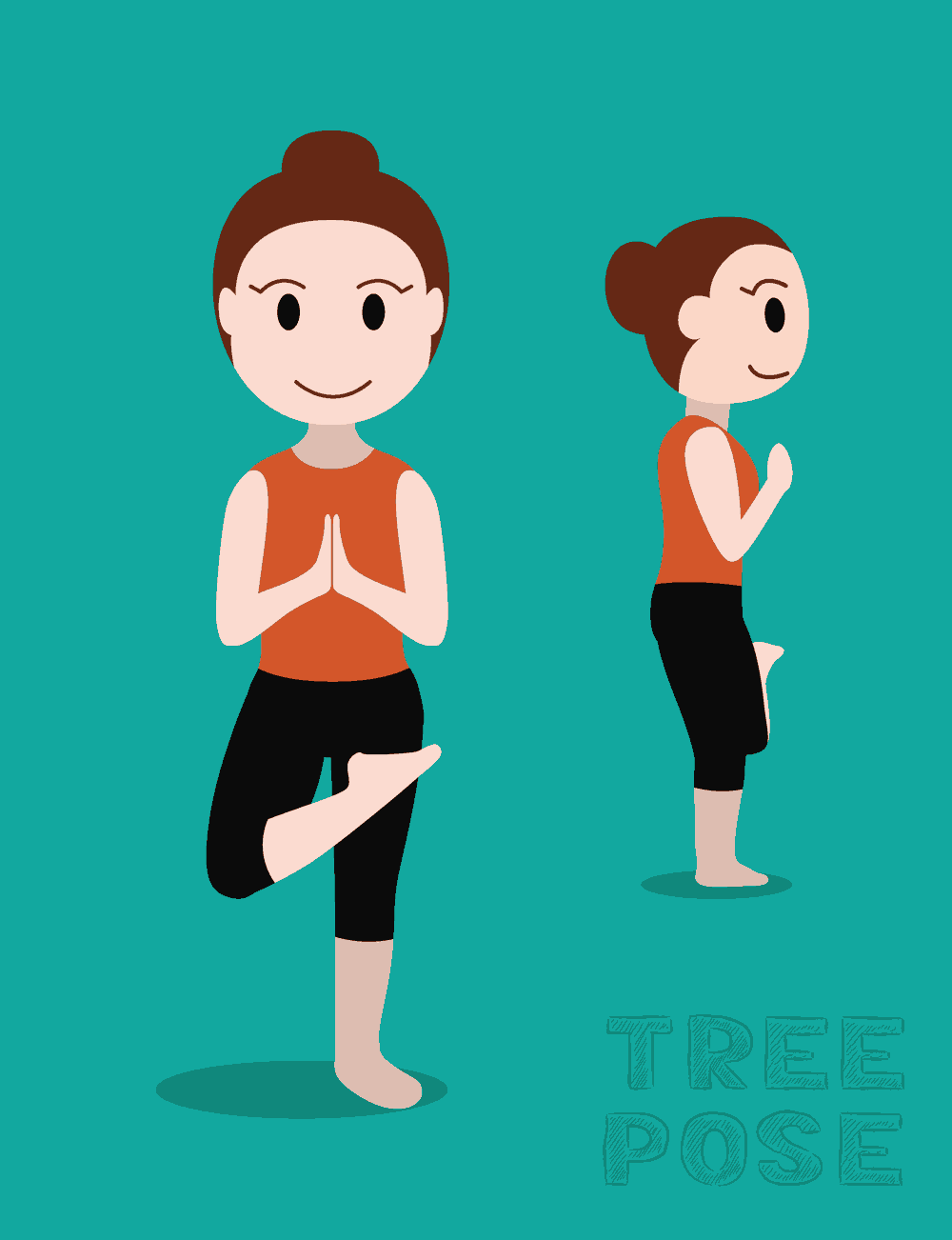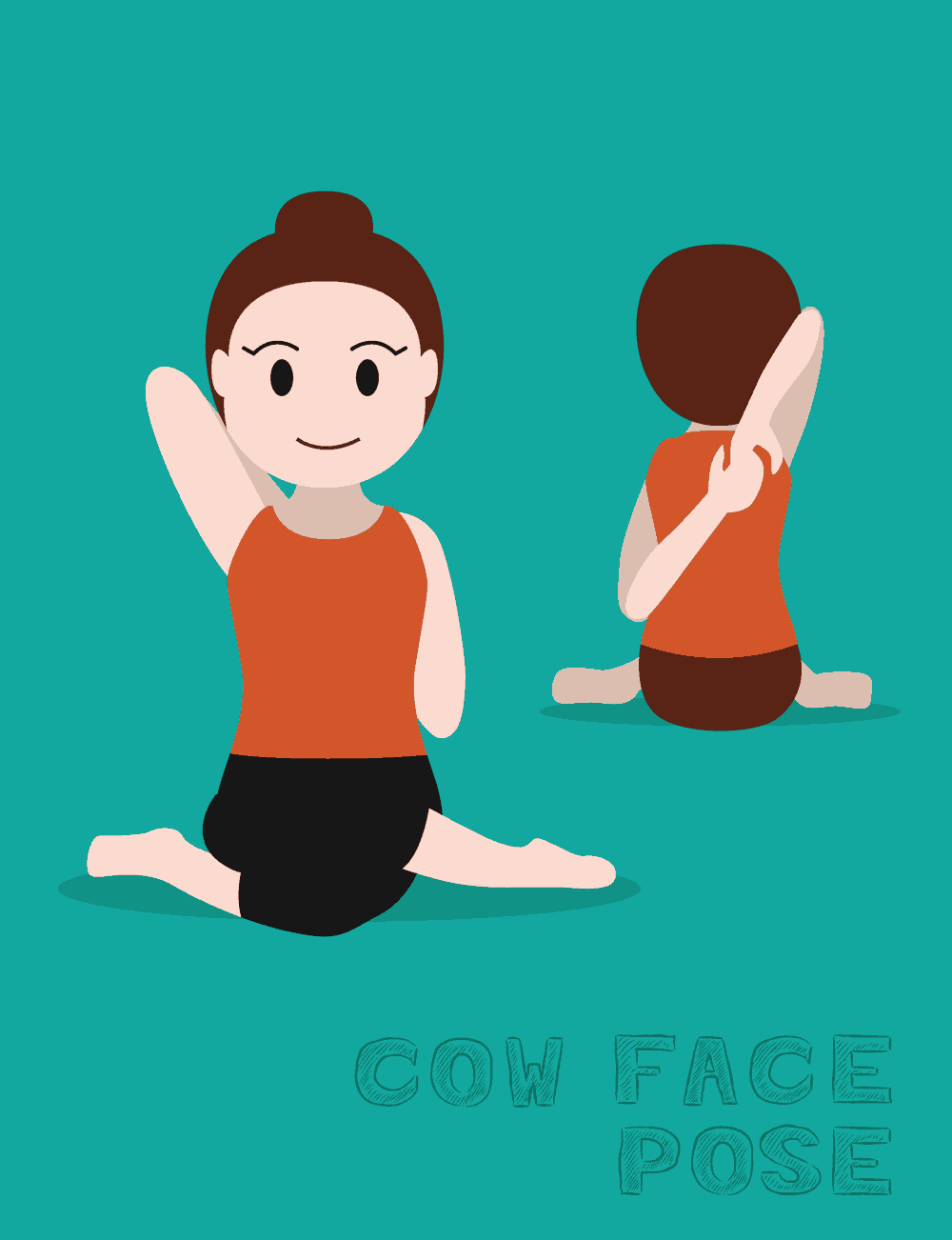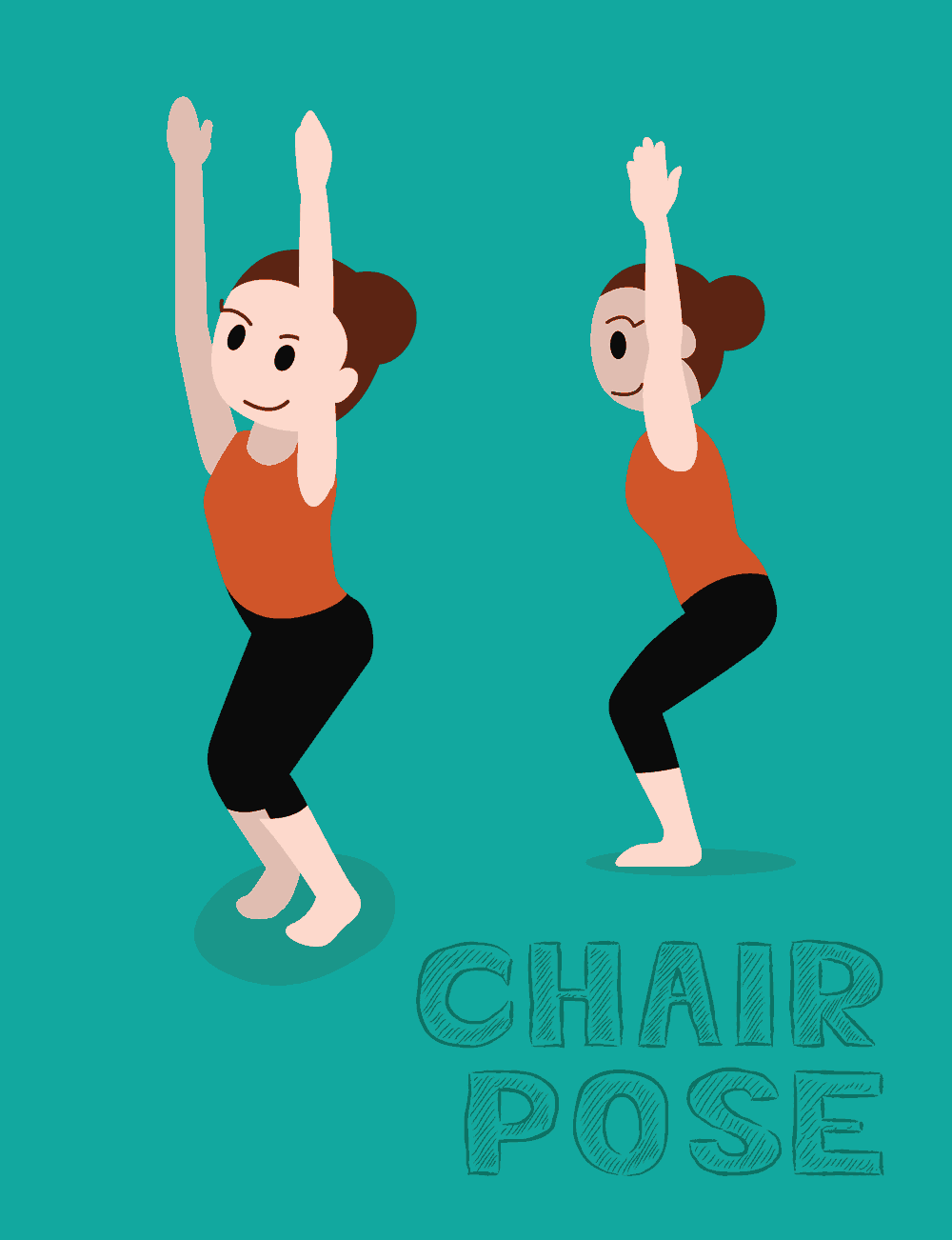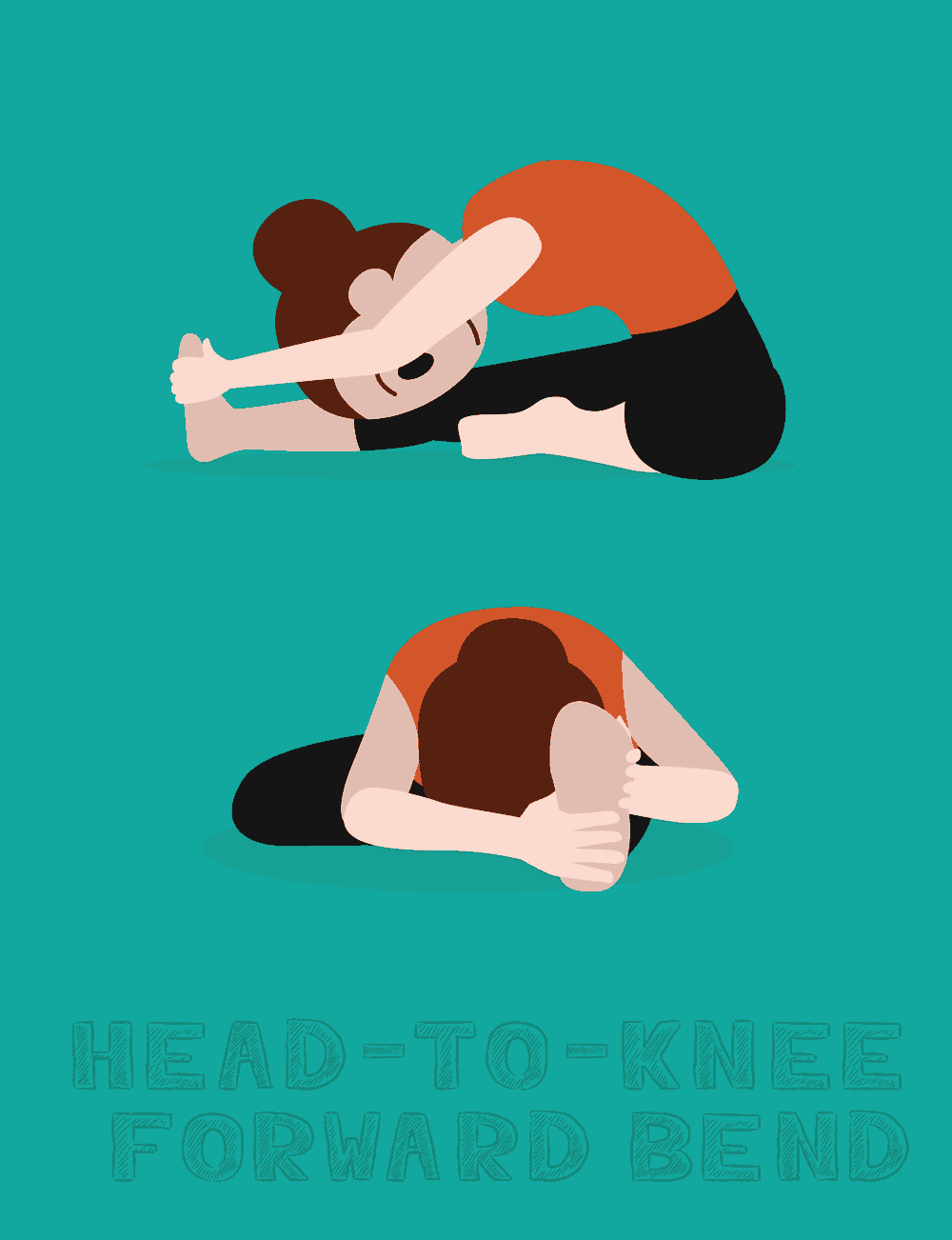Yoga at Home for Improved Posture: Elevate Your Well-being
Doing yoga at home seems simpler, no need to take transportation, or adapt to the crowded yoga studio environment at peak times.
You're at home, warm, and ready to do your asanas. This apparent simplicity has its prerequisites that will allow you to set up your weekly or even daily routine for the most motivated.
The essential prerequisites:
Set aside one hour of time during the day when you will not be disturbed.Unplug your electronic devices (smartphone, iPad,..), or switch to airplane mode.
Install your yoga mat, blanket, brick, and strap (or elastic band) on the floor.
Play pleasant music if it helps you to relax if not, play silence.
Put a glass of water or tea nearby, so you don't have to interrupt the practice to fetch it from the kitchen.
Start a timer with a ringing tone (gong style) that will alert you 5 minutes before the end of the practice.
Benevolence as a starting point
The practice at home if it is a time saver also has its own virtues:You exercise your autonomy. Since no one can be in your body in your place, you are best disposed to take care of your first home: your body
You are alone in a familiar environment, you are self-centered.
You develop an inner dialogue, you are both teacher and pupil.
In the end, it doesn't seem so simple to you and you may be wondering how to get started.
Whether you're a regular yoga studio or a beginner, the starting point is the kind of motivation for yourself.
Then the practice of yoga has already begun.
Yoga is a method that aims to unite you in your different aspects: psychic, spiritual, and physical.
If the body exercises are aimed at a body disposition, the qualities of attention, intention, and benevolent motivation will make your lotus blossom.
How do you start and end your practice? The 5 minutes that make the difference.
Whatever sequence you choose, take 5 minutes at the beginning and end of practice in the corpse posture, in Sanskrit terms: Shavasana.
Lie down on your mat and release your weight on the floor, stay still without doing anything but don't fall asleep, listen to your breathing.
How to choose and build your sequence?
The choice of postures is made according to your level.For beginners who have never been in a studio or taken a class:
It is important to get some information beforehand or to take a trial class in the nearest studio.
To begin, identify 3 simple postures in which you feel well enough to want to continue.
Then choose 3 other more complicated postures and practice them without hurting yourself. Alternate the postures according to their difficulty and take breaks, returning to Shavasana as much as necessary.
As the sessions progress, you will add new postures as you go along. Remember to visit a class from time to time to better evaluate and secure your practice and watch videos to see what sequences already exist.
Here are a few postures that you can easily link together, it's best to start with floor postures and gradually move to the vertical position.
As an example, we propose two series, each composed of 6 postures and a Shavasana at the beginning and end of the series. For more details about the postures, get informed regularly as you practice.
The postures of series n°1:
The corpse posture: Shavasana
Take the time to put your weight on the ground, this exercise of immobility is not as simple as it seems!
It will require all your attention and a calm and deep belly breath. Breathe in through your nose only, inflating your belly on inhalation and emptying it on exhalation.
Be serious but not too serious, this is above all an exercise in deep relaxation and presence.
The child's posture: Balasana
Excellent posture to relax your lumbar vertebrae and pelvis, it is a very good physical and psychic refocusing, it is also called the fetal posture.
You can put your arms on the ground along your legs backward or your head forward. Breathe calmly, releasing your neck with your forehead against the floor.
The posture of the dog upside down: Adho-muckha-shvanasana
It is also better to have a light stomach and avoid drinking water just before.
It is an excellent stretch of the pelvis, you can in variation make small alternative movements (right-left) of the hips to relax the muscles and energize the posture.
The hands are well on the ground, the shoulders in slight external rotation to give you more anchorage, it is, however, preferable to lift the heels if the stretch is too intense when the whole foot is on the ground.
The posture of the warrior I: Virabhadrasana I
Posture to balance and strengthen the center of the body while stretching the upper limbs.
There are variations for this posture according to the styles of yoga practiced.
Important: take care of your alignments and joints (knees, ankles, hips) by distributing the weight harmoniously.
This opening exercise is supported by deep breathing that will help your muscle tissues become more flexible.
Observe your limits - they are your axes of progress, document yourself or ask a teacher for advice if you have pain or questions about your alignments, each body is different.
The Mountain Posture: Tadasana
The posture of anchorage and concentration, it will help you to develop stability and confidence, experience and practice will make you discover the benefits of this asana.
The posture of the tree: Vrksasana
The posture of balance and meditation, it strengthens the anchoring and the hip-knee alignment, does not force the opening, favors deep breathing in your joints, and keep your inner focus.
The postures of series n°2:
Cow's head posture: Gomukhasana
Excellent for releasing upper body tension while regaining vertical alignment by opening the shoulders and chest. Keep your gaze on the horizon and relax your hips by breathing evenly.
The posture of the chair: Utkatâsana
Utkatâsana is both a stretching and aligning posture. You develop your hamstring muscles at the back of your legs. Make sure to keep your knees and feet in vertical alignment and stretch your back.
The posture of the triangle: trikonâsana
A great classic of the yoga classes, this posture will bring you the benefits. To begin, practice by first looking for alignments that give you balance and stability and then stretch.
This posture works many muscles in-depth, so it is important to identify your comfort zones, your limits and your areas of progress to evolve in your practice in a way that is fair and best suited to your body.
The posture from head to knee: Janu Sirsasana
The stretching posture of the lumbar and hamstrings, it is more easily practiced by activating the stomach muscles and relaxing the neck.
Intermediate and advanced
Your sequence may contain more postures if you want to train the fluidity of your sequences.
Or it may aim to improve a posture (e.g. the Raven posture or bakasana in Sanskrit) that you will perform alternately with more mastered postures to maintain a level of confidence and self-encouragement.
Having a practice notebook, a precious asset
1- Every day is different to choose beforehand the themes and objectives of practice: endurance, concentration, openness, listening, patience, flexibility, strength, fluidity (flow).
2- List the names of the posture (asana) that you like and those that you like less, ex: Posture of the dog, the tree, the child...
3- Identify the yoga you practice, ex: Hatha Yoga, Yin Yoga, Vinyasa Yoga...It is possible that your practice is a mixture of several methods or styles.
4- Write down your wishes, stay positive
Practice at home and in the studio
Practicing at home also means being at home as you would probably not be in a studio, freed-up complexes and bolder personal challenges make the winning pair for practice more in tune with yourself.
Plus, you don't feel obligated to do what you're not ready to do yet.
Self-respect and self-indulgence are the order of the day, the development of these qualities is a great benefit of practicing at home.
And nothing prevents you, once you have found this balance, from occasionally joining a class where you feel good and where your experience can be shared with those of other yogis who, like you, may be practicing at home.
Studio practice, far from any competitive spirit, becomes rather an excellent barometer of your practice.
Equipment and Resources yoga app
It is also important to have good equipment (mat, outfit, practice accessories) and external resources (book, yoga app, video, podcast, class) that will allow you to enrich your knowledge and learning. This will bring safety and comfort to your practice at home.
The mat and the outfit
To start with you can buy a mat and outfit at Décathlon or Nature et Découvertes and then invest in professional equipment.
For example, Manduka mats are highly appreciated by teachers for their non-slip quality, the choice of thickness, and the range of colors.
Choose clothing in which you feel comfortable and which allows you to see your posture alignments. Many sports brands now offer yoga outfits.
Accessories
Yoga equipment can help you in your practice: bricks for flexibility, socks for those with cold feet, straps for stretching and balancing, and pillows or bolsters for backbends (postures where you lean back).
Name
Lifestyle


